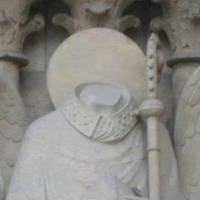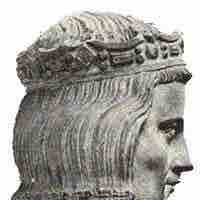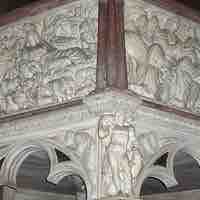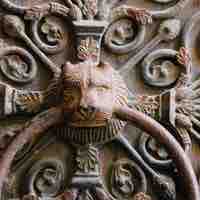Chapter 18
Gothic Art
By Boundless
Gothic art developed after the Romanesque, in the 12th century. The style continued to be used well into the 16th century in some parts of Europe, while giving way to the Renaissance style earlier in some regions.

French Gothic cathedrals are characterized by lighter construction, large windows, pointed arches, and their impressive height.

The Abbey Church of Saint Denis is known as the first Gothic structure and was developed in the 12th century by Abbot Suger.

Louis IX's patronage of the arts drove much innovation in Gothic art and architecture, exemplified by his commission of La Saint-Chappelle, an example of Rayonnant Gothic architecture.
English Gothic architecture (c. 1180–1520) is defined by pointed arches, vaulted roofs, buttresses, large windows, and spires.

Gothic architecture flourished during the high and late medieval period in the Holy Roman Empire, from approximately 1140–1400.

Gothic art existed as monumental religious sculpture in churches, such as in the Cologne Cathedral, and as small, portable sculptures.

Nicola Pisano and his son Giovanni developed a Proto-Renaissance style of sculpture in Italy combining classical Roman and Gothic styles.
In the early Renaissance, painters began to embrace naturalistic styles, creating images with attention to form and space.

Giotto was one of the most revered painters of his time and an important bridge between the medieval and renaissance periods.
The Gothic style was the leading architectural style in Italy during this time period. However, Italian architects interpreted Gothic architecture differently than they did in France, resulting in a few key regional differences.
- The Romanesque Period
- Romanesque Architecture
- Romanesque Sculpture
- Other Romanesque Arts
- Normandy and England

